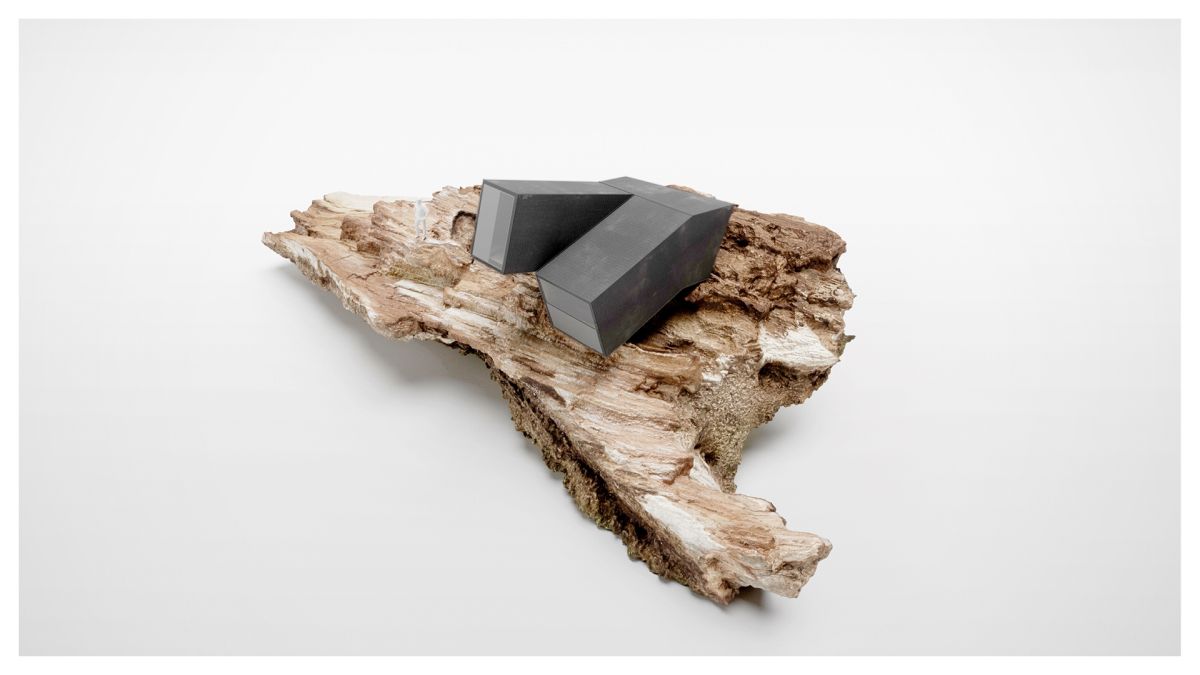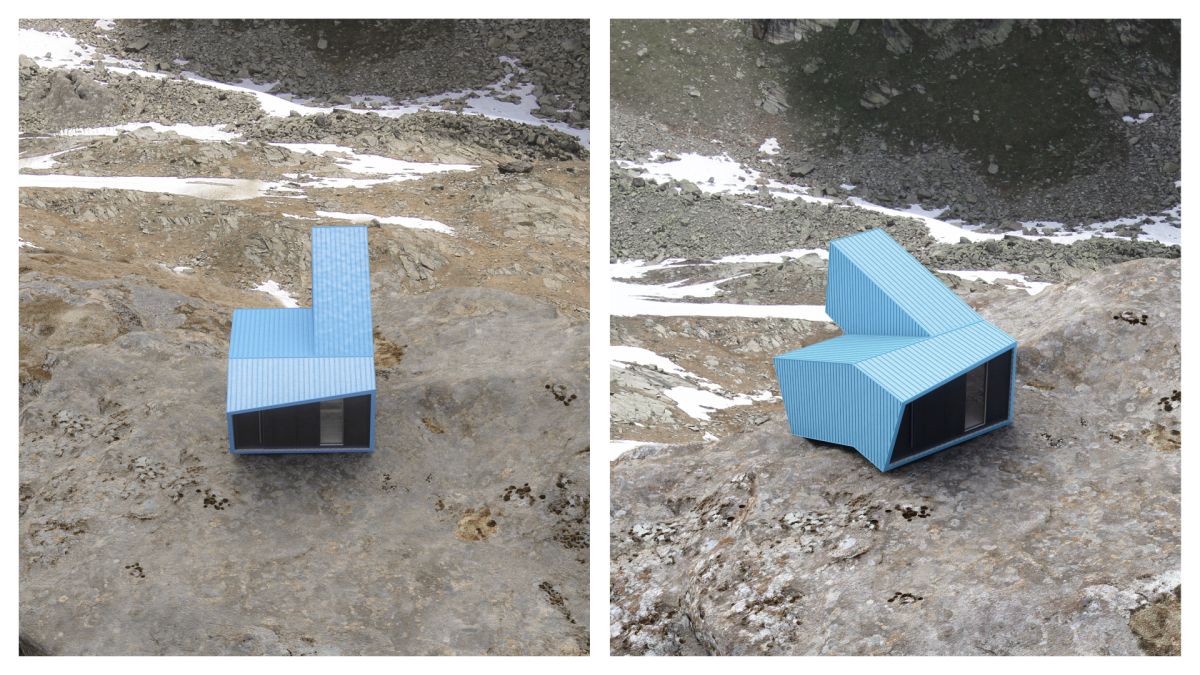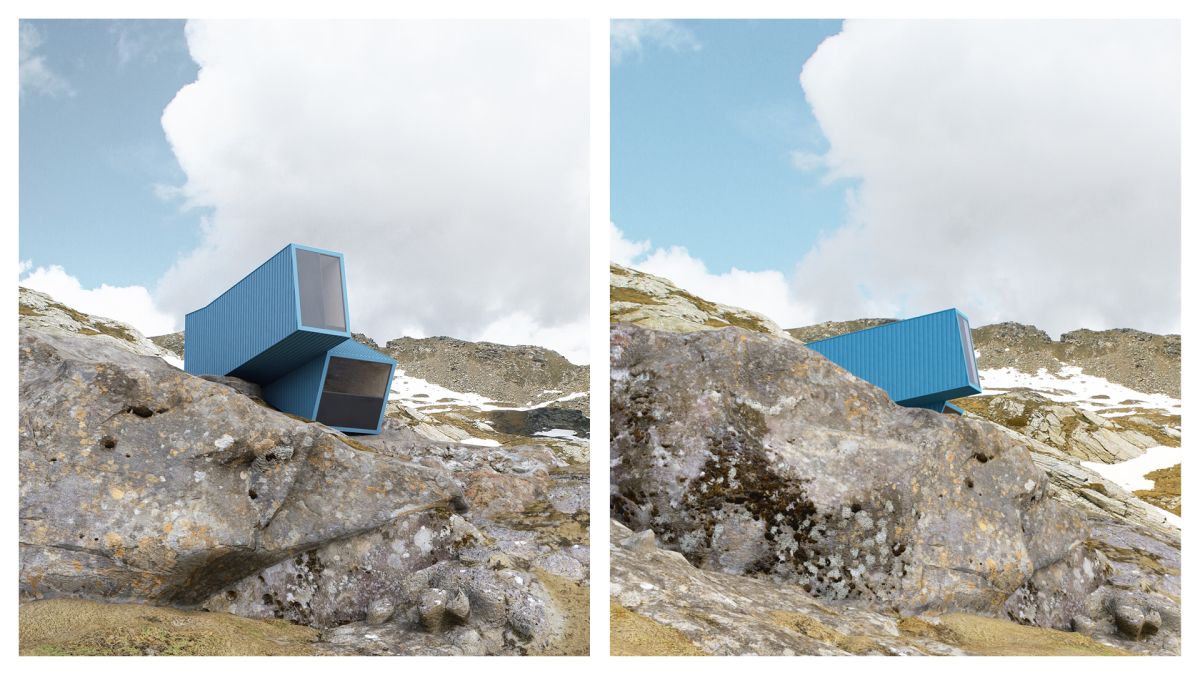The workshop was conducted for the design of a bivouac / refuge at Comba di Vertosan, in the Aosta Valley. Located at 2800 m above sea level, in a breathtaking landscape context, the intervention site represented not only an exciting technical challenge, but also the opportunity to intervene on one of the most fascinating and evocative architectural design contexts that a designer can face.
Bivacco Bredy
Thoughtful, adventurous and restless; these were few of the words chosen by people close to Claudio when they were asked to describe him. Involvement in the commons and exploring new places, both the city and nature were dear to him, an interesting contrast. This contrast is attempted to be represented in this bivouac, as a memory of his life.
Landscape as an experience – Serenity, reflection and admiration, part of a combination of sensations as the impact of the landscape on man. We can recognize three predominant landscapes on the site, whose presence frames an area that we believe is one of the potentials for the location of the bivouac.
Part of the requirements were between 9 and 12 beds, so we studied different examples seen in the readings, to recognize what is the optimal number of square meters, and from this, improve the experience of inhabiting it.
The proposal seeks to maximize the user experience, by reinterpreting classic strategies, in a contemporary way, taking into account the geography, its construction, and Claudio’s memory, which is intended to be represented through the use and experience of bivouac.
Drawings –
Projects Facts –
Location: Comba di Vertosan, Italy
GPS Coordinates: 45.7920803, 7.1352522
Client: Yacademy in collaboration with the High-Altitude Shipyards Cultural Association and Claudio Bredy’s Family
Authors: Claudio C. Araya, Natalia Kogia, Iga Majorek, Maria Valese
Design Year: 2019
Area: 20 sqm












